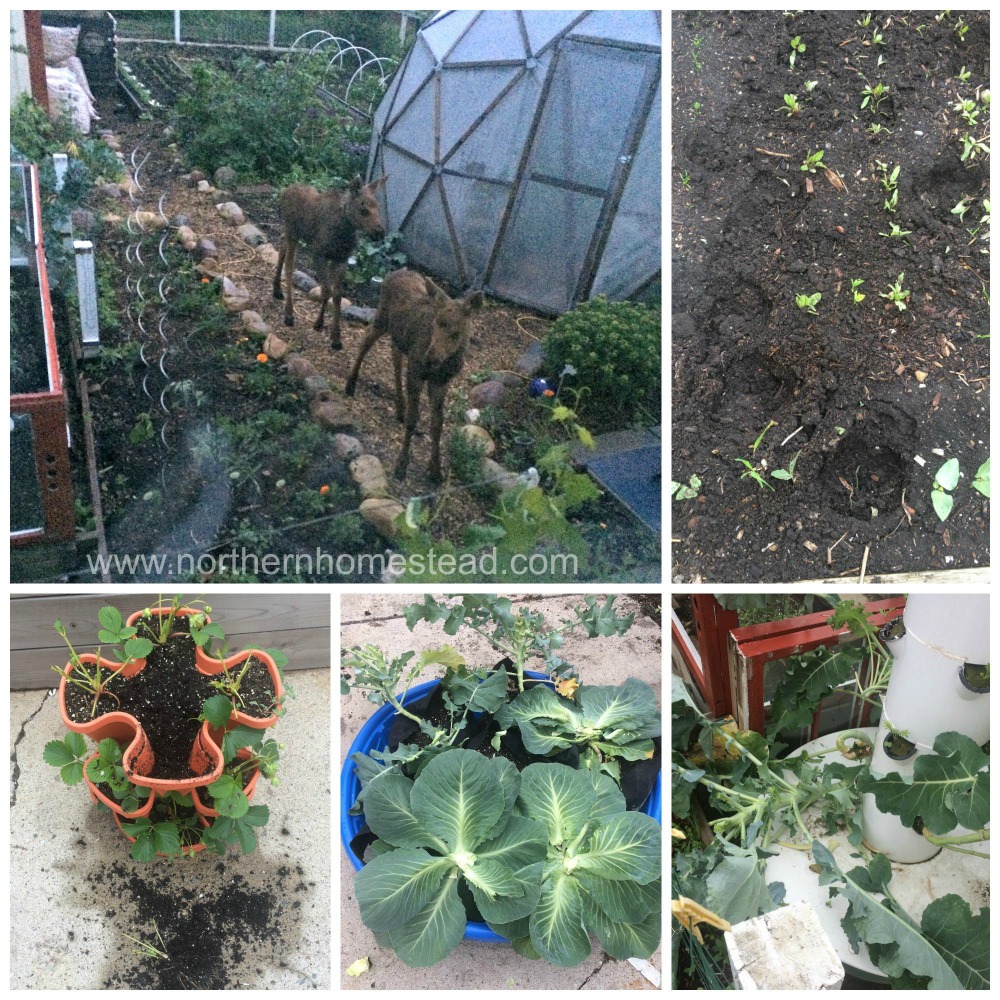 If you live in a rural area, gardening and wildlife might have to coexist. We do not garden for wildlife, as some animal lovers suggest, but we also don’t garden against animals. We just garden while creatures big and small pass by. Gardening in Harmony: Strategies for Coexisting with Wildlife. In this blog article, we share our and some of our readers’ experiences on how to protect the garden from rodents and wildlife.
If you live in a rural area, gardening and wildlife might have to coexist. We do not garden for wildlife, as some animal lovers suggest, but we also don’t garden against animals. We just garden while creatures big and small pass by. Gardening in Harmony: Strategies for Coexisting with Wildlife. In this blog article, we share our and some of our readers’ experiences on how to protect the garden from rodents and wildlife.
Protecting the Garden from Squirrels
Squirrels are among our garden’s cutest guests. However, they can also cause a lot of damage. They love our overwintering spinach, which greens long before anything else is growing. Getting some fresh greens seems so valuable to them. They also love to get the buds of some plants, assuming they are nuts or something, but most of all, they love sunflowers. Planting some sacrificial sunflowers in the area where they are predominantly seems to help.
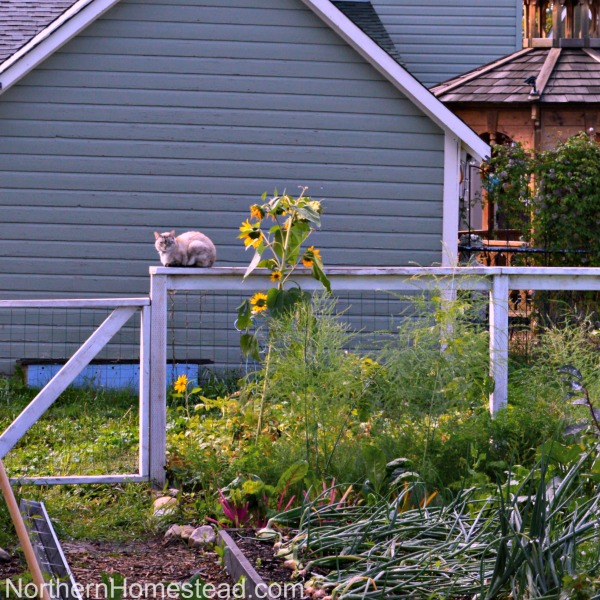
What do we do to keep peace with the squirrels? We have a garden cat that has been a real blessing. She does create some of her own challenges, but not as much as squirrels do. Our garden cat does not just keep the squirrels out, but we also have fewer problems with birds and no moles.

Another option is to cover plants with bird netting to protect them from squirrels. This protects plants not just from birds but everything else, too. Here is more information about row cover tunnels.
To protect the garden from rodents
Rodent can be a real problem in a country garden. Covering the beds or planting a bit more to ensure enough for everyone are both viable options.
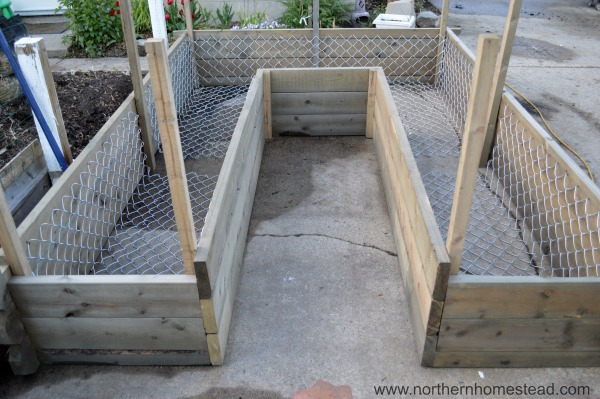
To protect the garden from diggers, laying a mesh, chain link fence, or chicken wire under raised beds, is a great option. The product should depend on what you want to keep out of your garden. It is an easy but very effective way to keep the garden free from anything that can come from underneath.
Protecting the garden from deer and moose
Deer and moose are frequent visitors to our small town and also to the garden. Thankfully, they do not care for all garden crops alike. Plants from the nightshade family (like potatoes and tomatoes) and onion family plants do not seem to be the favorites on their menu plan. We can grow all this in the open fields with little to no loss to predators.

Cabbage family plants, on the other hand, are a favorite for moose. Honestly, if we had not seen the moose in our garden, we would have thought someone had cut off the cabbage heads with a knife. To grow them in a moose area, they do need to be covered.
A fence will keep moose out to some extent. If they are just browsing the streets, we find that they pass our garden, even though there are so many delicatessens growing for them. Moose have very poor vision, and if the fence separates them and they are not desperate, they will move on. But they will also come in over the fence or hedge if, for some reason, they do want to come in.

For our home garden we do have a fence and also added a gate to keep deer and moose at least to some extent out. However, it is not a moose-proof fence.
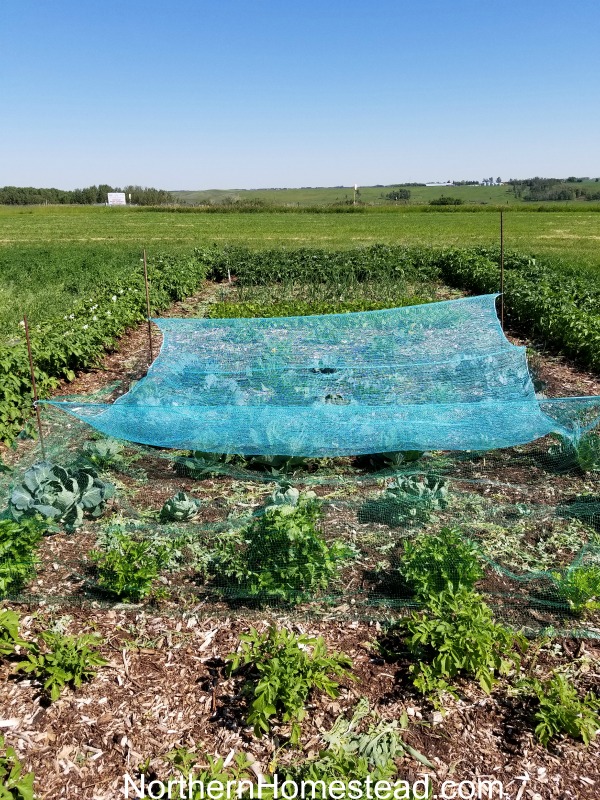
Netting seems to work best for deer and moose. It can be put over the plants as we did in the picture above or around the garden as a loose fence. The key is that the netting has to be somehow loose. For some reason, animals do not like jumping netting, even though they could just as they do other fences. Here is a great video showing how it works.
We tried the loose netting in our field garden; you can read an update here.
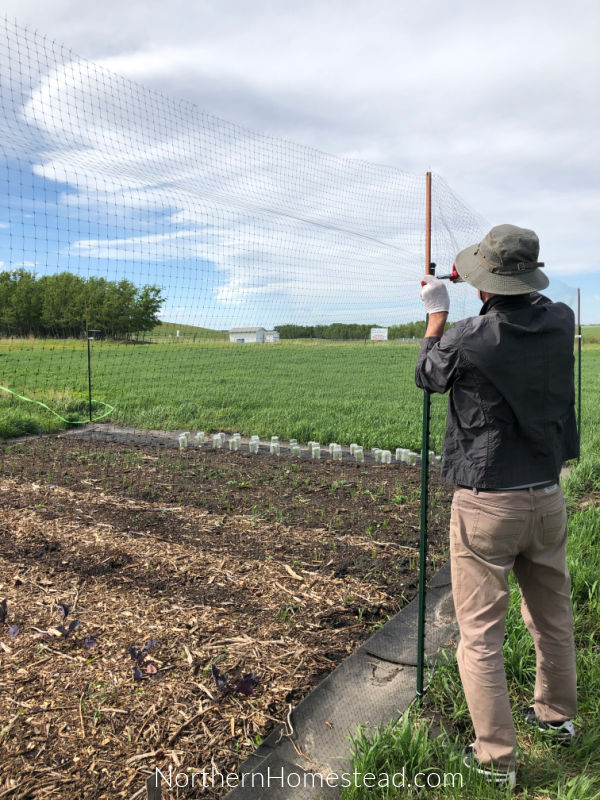
Since the garden is located away from home, we cannot be certain that no one has ever jumped over it. The greater challenge has been the wind, which caused the netting to tear a couple of times. In a more permanent garden setup, we recommend installing a proper fence. If you choose to use netting in a windy area, consider using a stronger version to withstand the elements.
Speaking about a fence, one of our favorite YouTube channels covers the subject very well in a Garden fence playlist. They garden in Ontario, Canada, and deal with many creatures, big and small. Check them out.
One of our reader’s shares: We build an 80 x 80 square enclosed area with 6×6 posts, cemented in 3’ deep with 8’ Elk fencing. Had it for 9 years and never had a problem. Anything outside the fence definitely gets “Moose Pruned”.
Another reader shares: I have a 5′ fence around the perimeter and hang Irish Spring on the fence in a few places in onion bulb mesh bags. Haven’t had a moose or deer lately.
And one more: I have very good electric fencing; a moose will go right through them.
Protecting the garden from Bears
Bears typically do not come into our town, so we don’t have any personal experiences with them. However, we visited a homestead in the Creston area in the mountains, where our hosts mentioned that they must harvest fruit from their trees before it fully ripens. Otherwise, the ripe fruit attracts bears to their property. I can only imagine how much bears would enjoy the delicious berries we grow!

One of our readers shares: Grizzlies? Keep anything that might attract them picked up. Fences won’t stop a determined grizzly or mountain lion. The best you can achieve is to make them decide that it’s more work than it’s worth to get at what is inside your fence.
Please share your experience with gardening and wildlife in a comment below. What are your best tips for gardening in Harmony and strategies for coexisting with wildlife?
If you like this post don’t forget to subscribe to Northern Homestead and follow us on Instagram, Facebook, or Pinterest for the latest updates.


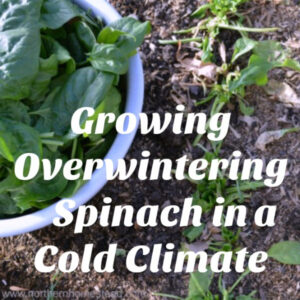

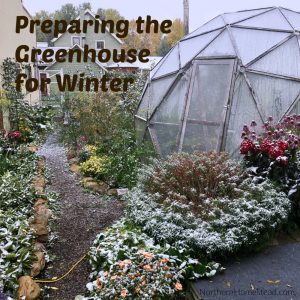
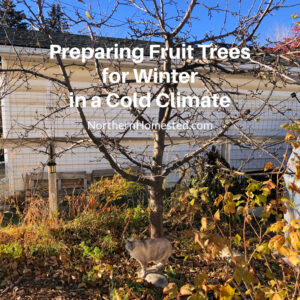
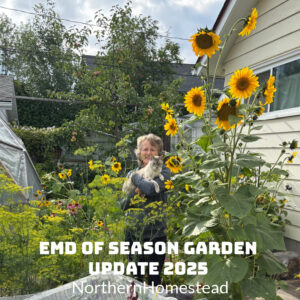
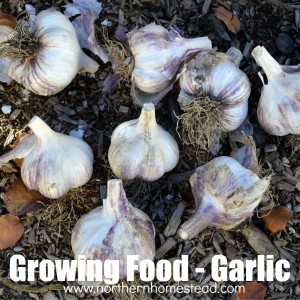
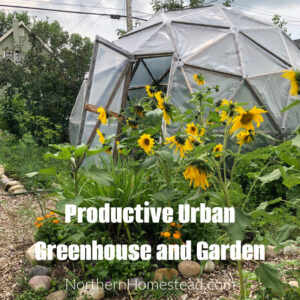
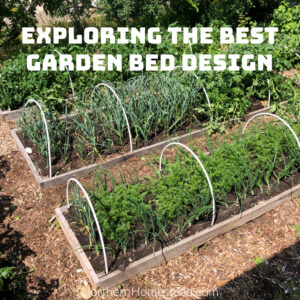
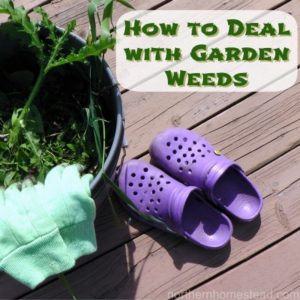
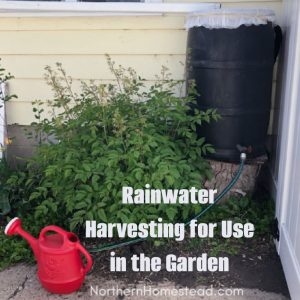

??? I had deer jump my 6 ft garden fence to chomp on pumpkin and pole beans, bears cleaned off the apple trees when we tried to let them have one more day. But an explosion of voles were most destructive of all. We got no beets potatoes or sweet potatoes that year. Tomatoes seem to do ok. Have read there is no such thing as deer proof, and they eat what mom teaches them. So what’s safe for one area may not be in another. There browsing habit let’s them even eat toxic in small amounts. But we keep trying.somrtimes they share. And thanks for writing
That’s very interesting about being thought by their mom what to eat. Thank you for sharing. Hope our area mom’s keep avoiding pumpkin and beans ;).
We try to plant things they like to eat away from the garden. We grow forage grasses, forbs, old veggie seed in a food plot just for them right along the ridge we want them to follow. Not perfect but it helps. We have 3 white tail and 7-11 mulies in and out of the property daily. Plus turkeys, grouse, squirrels, elk and an occasional moose n fox. Love watching our wildlife!
That is an interesting way to do it if you have room. Glad it works for you.
Our biggest challenge with deer is that they eat our fruit trees. They’ll walk right past a garden full of luscious stuff just to strip the bark off my apple saplings. Dogs help some.
They sure do like fruit. Some say that hanging sheep wool on trees helps, maybe worth trying.
Thanks for all the great info on your blog! We are soon moving to the country and we live in a cold climate, so there’s lots for us to learn about here. Best wishes!
Thank you and congrats to your move.
I’ve been really lucky and don’t really get much wildlife in my garden. The odd bird or squirrel appear but they have never done any damage. We do have bear, deer, and moose around us, but so far I have managed to avoid them getting in our garden. I think the bears prefer the garbage in the neighborhood over my small garden.
Good for you, I must say that we have seen a lot more wildlife outside our garden than in it too.